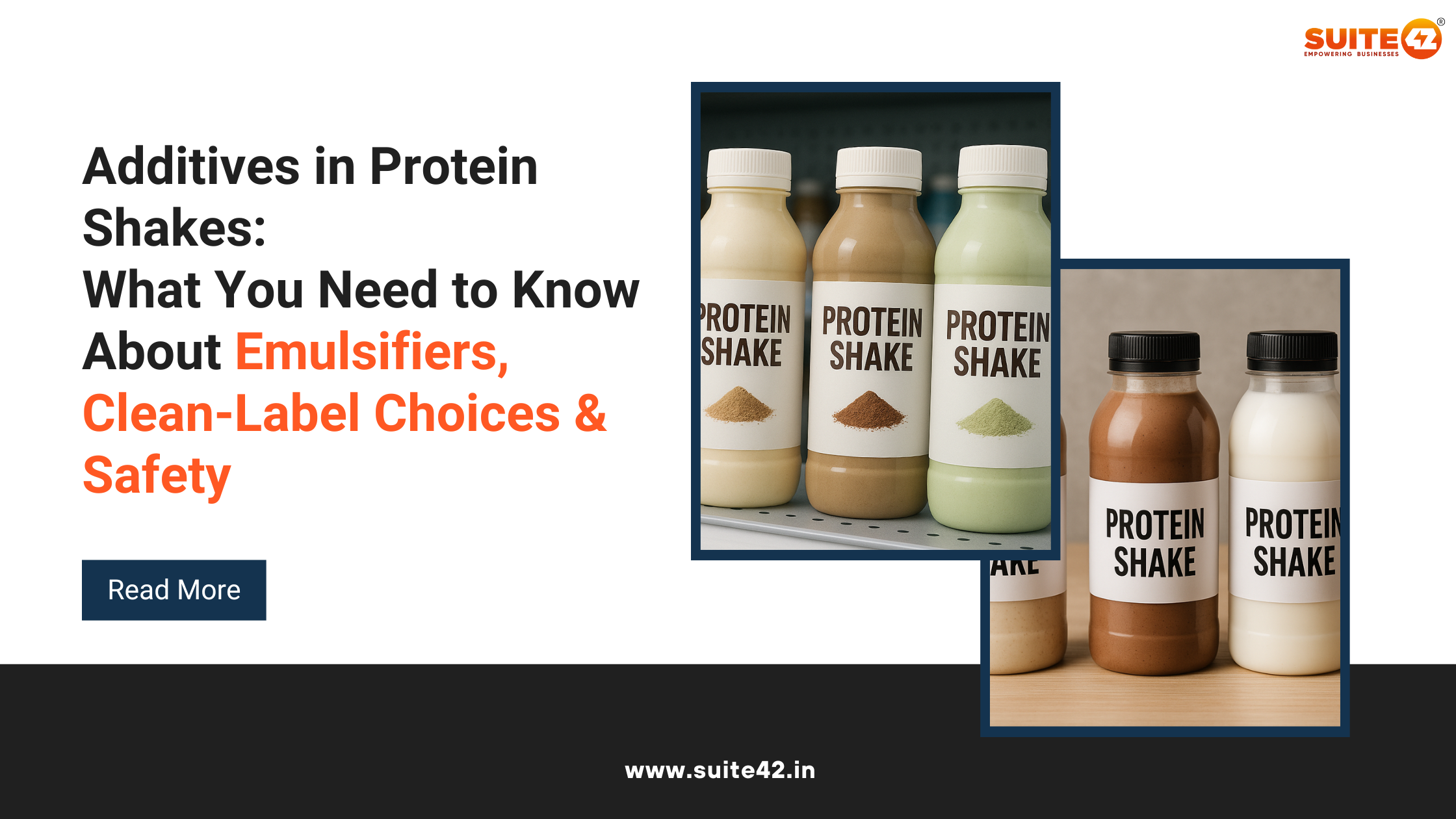
Additives in Protein Shakes: What You Need to Know About Emulsifiers, Clean-Label Choices & Safety
Introduction
Protein shakes have moved far beyond niche gym supplements. Today, they are a mainstream choice for health-conscious consumers, busy professionals, and athletes alike. But as the category grows, so does scrutiny. More shoppers are now seeking clean-label protein shakes, demanding transparency and products that are free from “hidden chemicals, especially additives in protein shakes.
And this brings us to a common concern: additives in protein shakes. Why are emulsifiers, stabilizers, and other functional ingredients used in something that’s supposed to be “healthy”? Are they safe, or should brands avoid them entirely?
This blog breaks down the role of emulsifiers, clears up misconceptions, and provides a roadmap for founders and R&D teams to navigate this balance between functionality and consumer trust.
An article that might interest you: Protein Shakes: The Next Big Wave in India’s Functional Dairy Market
Why Do Protein Shakes Have Emulsifiers?
Protein shakes are not as simple as mixing powder with water or milk. Formulation involves proteins, fats, fibers, flavors, and sweeteners with different solubilities. Without help, they separate quickly, leaving a gritty, clumpy drink.
That’s where emulsifiers in protein shakes come in:
- Prevent Separation: Proteins sink, oils float. Emulsifiers keep everything stable.
- Improve Texture: Additives like guar gum or xanthan gum provide the creamy feel consumers expect.
- Extend Shelf Life: Without stabilizers, protein shakes would spoil or separate on store shelves.
- Enhance Flavor Distribution: Emulsifiers help flavors blend evenly, so every sip tastes the same.
In short: without them, a protein shake would be unstable, unpleasant, and unrepeatable-leading to lost consumer trust.
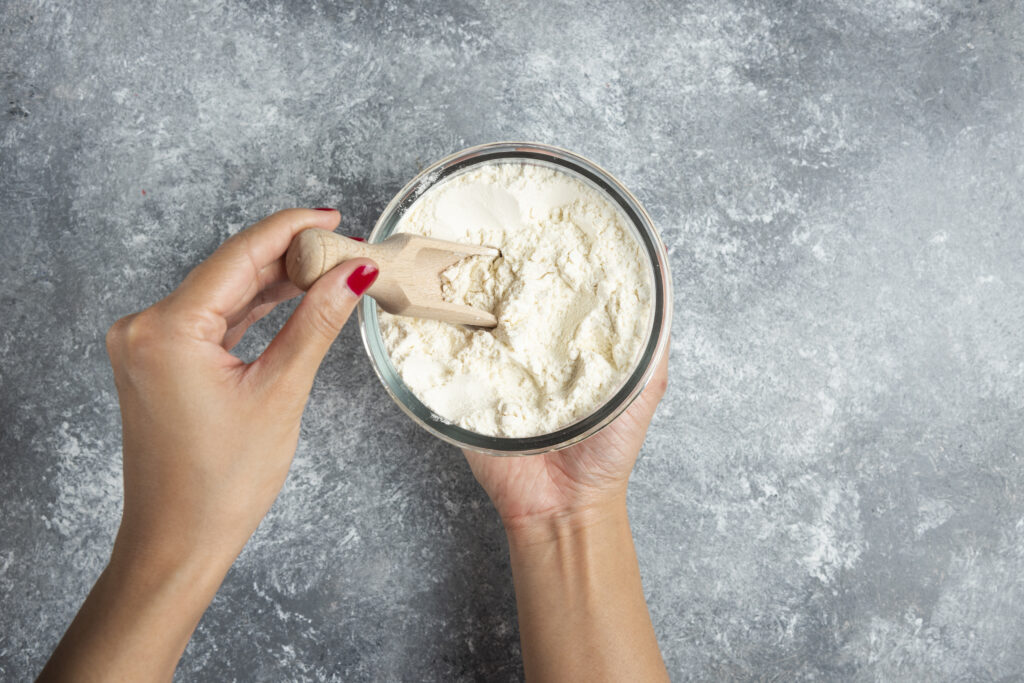
Are Emulsifiers Safe in Protein Powders?
This is the most common consumer question. The short answer: Yes, when used responsibly.
- Regulatory Standards: All emulsifiers in food must be approved by bodies like FSSAI, FDA, and EFSA, and undergo rigorous safety checks.
- Dosage Matters: The tiny amounts used in shakes are far below harmful levels.
- Natural vs Synthetic: Many emulsifiers (e.g., guar gum from beans, xanthan gum from fermentation) are natural. Concerns generally arise with synthetic ones, or from excessive consumption.
Recent studies in 2025 highlight nuance: while some synthetic emulsifiers have been linked to gut and immune issues in ultra-processed foods [Source: Medical Press], naturally derived options remain safe at approved levels.
The takeaway: not all emulsifiers are equal, and consumer education is key.
Is Sunflower Lecithin Safe in Protein Powder?
Among the most popular emulsifiers is sunflower lecithin, a clean-label alternative to soy lecithin. Why it stands out:
- Non-GMO and allergen-friendly compared to soy.
- Derived naturally from sunflower seeds.
- Recognized as safe across global regulatory bodies.
Brands developing clean-label protein shakes can confidently use sunflower lecithin as a stabilizer without alienating label-sensitive consumers.
Market Reality: Why Additives Still Matter
Removing all additives sounds appealing, but here’s the reality:
- A “no-additive protein powder” often separates, tastes inconsistent, and spoils faster.
- Consumers may buy it once for the “clean” appeal, but won’t repurchase if it’s gritty or unpalatable.
- Functional ingredients are not shortcuts-they are tools to ensure reliability and convenience.
The key is transparency. Brands should tell consumers why these ingredients are included and highlight natural origins (e.g., “stabilized with guar gum, derived from guar beans”).
The Bigger Picture: Safety Concerns Beyond Emulsifiers
Interestingly, additives aren’t the only concern. A 2025 study of 160 protein powders found that:
- 47% exceeded California Prop 65 limits for heavy metals (lead, cadmium, arsenic).
- Plant-based powders and chocolate flavors showed higher contamination levels.
- The good news: only 3 out of 160 tested positive for BPA/BPS, a dramatic drop from past years.
This reinforces that contamination risks, not emulsifiers, should be the bigger red flag for consumers.
Market Trends: The Shift Toward Clean-Label Protein Shakes
The global market data tells a clear story:
- The clean protein shake market is valued at USD 5 billion in 2025, projected to nearly double by 2033 at 8% CAGR [Source: MRA]
- The broader clean-label protein market is worth USD 16.43 billion in 2025, growing steadily at 7.5% CAGR [Source: AMR]
- In India, the protein powder market is at USD 1.2 billion in 2025, forecast to hit USD 2.95 billion by 2031 (15.8% CAGR) [Source: Mobility Foresights]
For F&B founders and R&D teams, this is a clear signal: consumers want functionality and safety, but they demand transparency and clean-label positioning.
How to Choose a Protein Powder Without Artificial Additives
For consumers and brand builders alike, here’s a quick checklist:
- Scan labels for natural emulsifiers like sunflower lecithin, guar gum, or pectin.
- Avoid powders that use multiple synthetic stabilizers with unclear names.
- Look for no-additive protein powder claims backed by third-party testing.
- Check for FSSAI approval and independent lab verification for contaminants.
- Choose brands that explain why an ingredient is present, not hide it.
This balance is what separates premium, trustworthy brands from short-lived experiments.
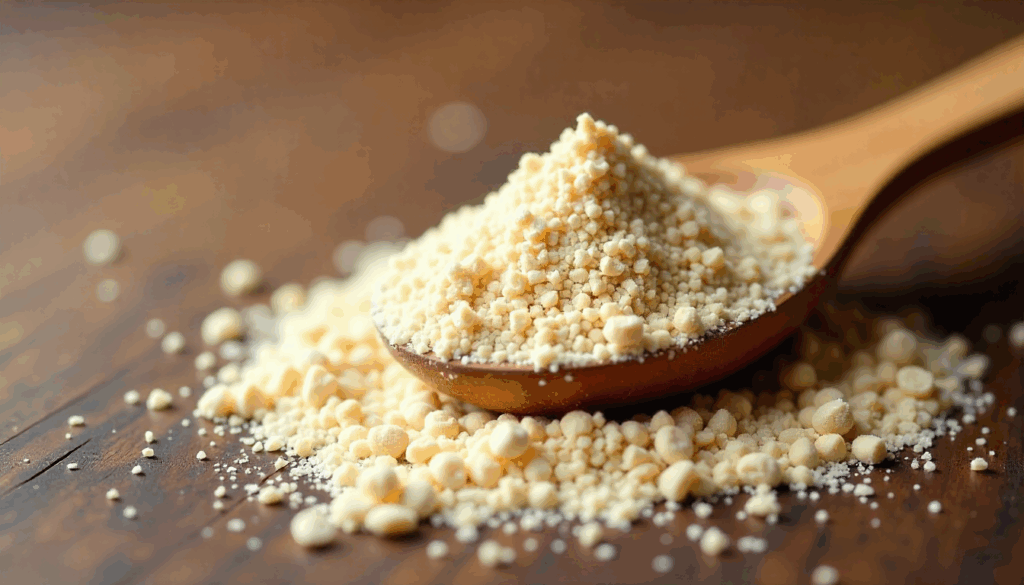
FAQ
Q: Why do protein shakes have emulsifiers?
A: To prevent separation, improve texture, and keep flavors consistent.
Q: Are emulsifiers safe in protein powders?
A: Yes, when used within regulatory limits. Naturally derived ones are generally considered safe.
Q: Is sunflower lecithin safe in protein powder?
A: Yes. It’s clean-label, allergen-friendly, and globally approved.
Q: How to choose a protein powder without artificial additives?
A: Look for simple, natural emulsifiers, transparent labeling, and independent testing.
Q: What are additives in protein shakes?
Additives include emulsifiers, stabilizers, and preservatives added to improve mixability, texture, flavor consistency, and shelf life.
Q: Why do protein shakes have emulsifiers?
Because proteins and fats naturally separate, emulsifiers keep shakes smooth, lump-free, and consistent.
Q: Are emulsifiers in protein powders harmful?
When used within regulatory limits (FSSAI, FDA, EFSA), emulsifiers are safe. Issues arise mainly with excessive consumption of synthetic types.
Q: Is sunflower lecithin safe in protein powder?
Yes. It’s a clean-label emulsifier, allergen-friendly, non-GMO, and widely accepted across markets.
Q: How to choose a protein powder without artificial additives?
Check the ingredient list for natural emulsifiers (lecithin, guar gum, pectin), third-party safety testing, and FSSAI approvals.
Q: Do additives reduce the nutritional value of protein shakes?
No. Additives don’t reduce protein content or bioavailability. They mainly impact texture, taste, and stability.
An article that might interest you: Overcoming Protein Shake Formulation Challenges: Suite42’s Expert Approach
Q: Can emulsifiers cause stomach issues in protein shakes?
Some individuals may experience bloating with gums (like xanthan or guar), but most tolerate them well at standard levels.
Q: Are all additives in protein shakes artificial?
No. Many additives are naturally derived-lecithin (sunflower/soy), guar gum, xanthan gum, carrageenan, and pectin, which are plant- or microbial-based.
Q: What are the safest stabilizers in protein shakes?
Naturally derived options like guar gum, pectin, and sunflower lecithin are considered safe and widely used.
Q: Why do some protein shakes clump without emulsifiers?
Without emulsifiers, proteins sink to the bottom and fats rise to the top, leading to grainy clumps and oil separation.
Q: Which protein shakes are clean-label?
Look for powders marketed as “clean-label” or “no-additive,” often highlighting simple ingredient lists and natural stabilizers.
Q: Are there FSSAI-approved protein shakes without emulsifiers?
Yes, but very few, since most mass-market products need at least one functional emulsifier to remain shelf-stable.
Q: Do additives affect the flavor of protein shakes?
They don’t alter the nutrition, but they ensure flavors blend evenly so the taste remains consistent from sip to sip.
Check out our Categories: Functional Beverages – Protein Milkshakes
Conclusion: Function Over Fear
The debate around additives in protein shakes often misses the bigger picture. Functional ingredients like emulsifiers aren’t “bad”-they are essential tools that make shakes safe, consistent, and enjoyable.
The opportunity lies in clean-label transparency: explain what’s used, why it’s safe, and how it improves the product. In a market projected to grow exponentially, brands that master this balance will win trust and repeat sales.

Alt text: Developing protein shakes and manufacturing in India | Suite42
Let’s build the next market-winning protein shake together. Contact us today to get started with developing protein shakes and scaling its manufacturing.


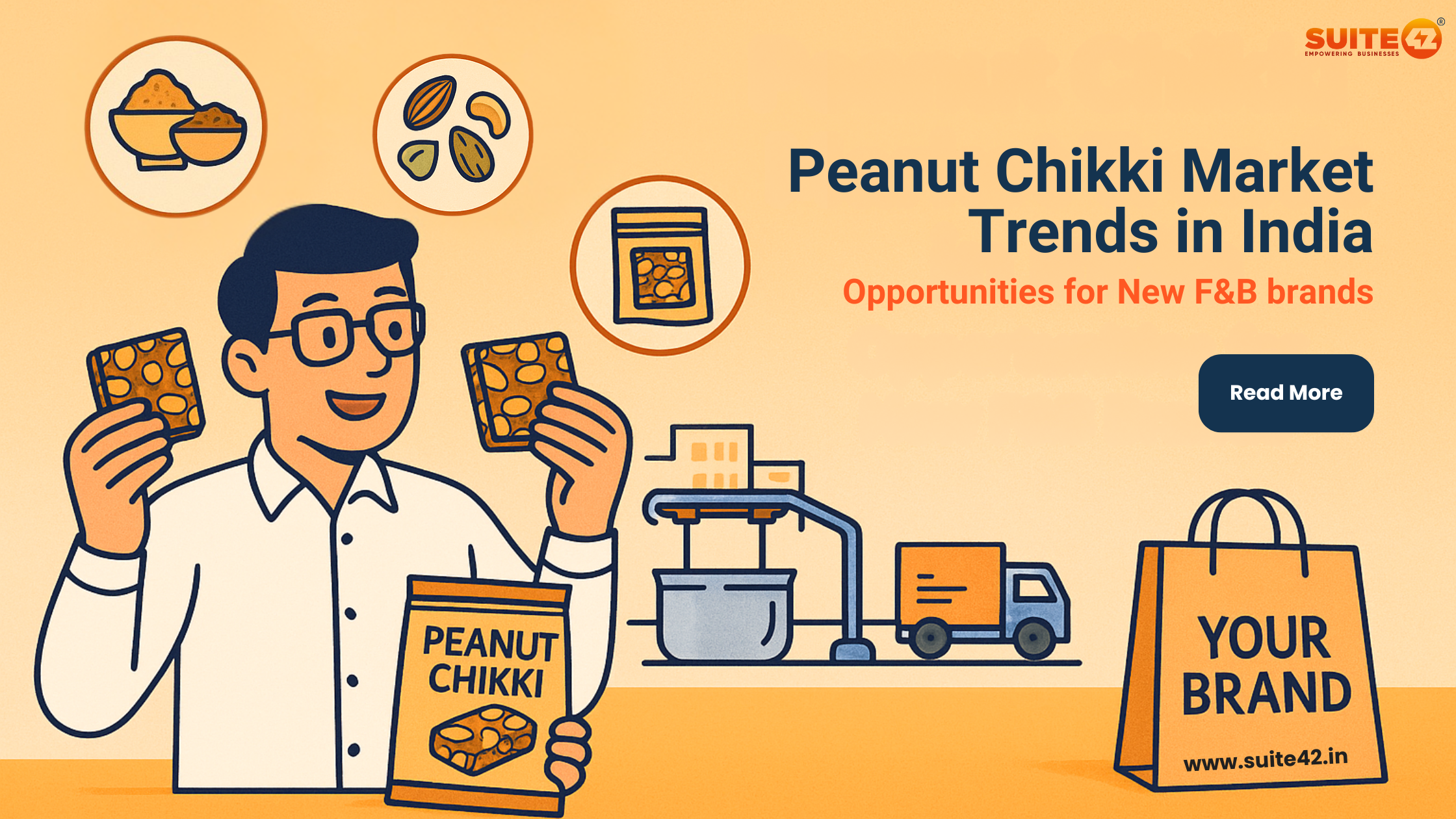
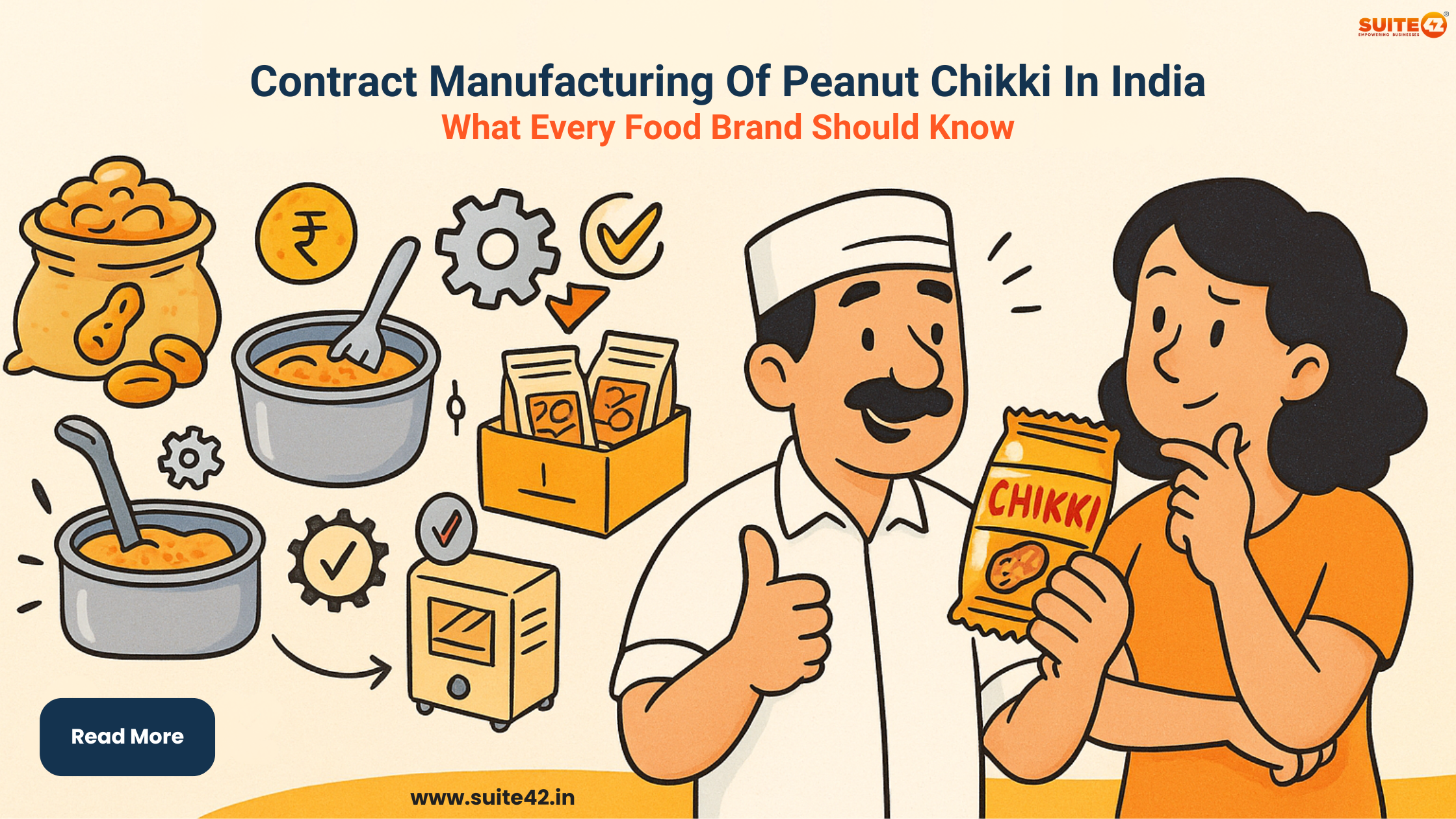
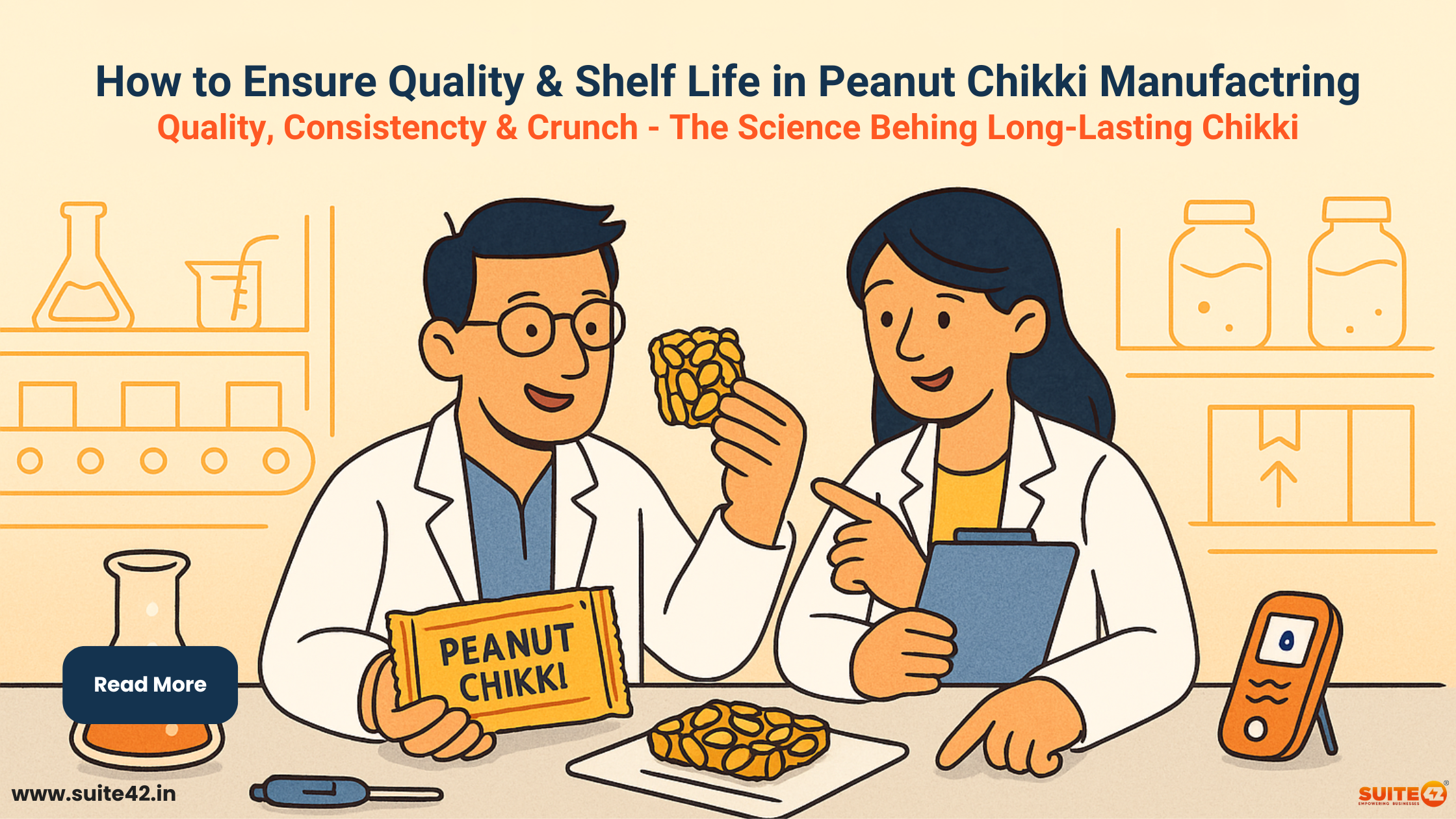

Leave a Reply